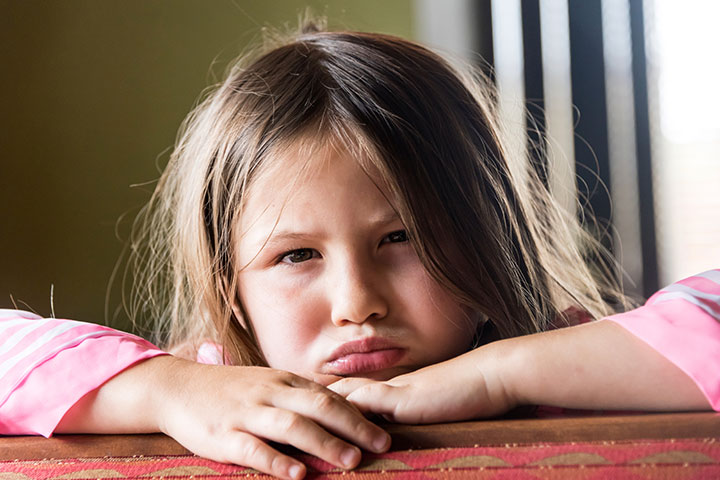Bipolar disorder, once considered an adult-onset condition, can also affect children and adolescents. Recognizing the signs early and implementing appropriate treatment is crucial for managing the disorder effectively. Here’s an exploration of bipolar disorder in children and adolescents, including signs, diagnostic considerations, and treatment approaches:
Signs of Bipolar Disorder in Children and Adolescents:
- Mood Swings:
- Extreme shifts in mood from intense elation (mania) to deep depression are a hallmark of bipolar disorder in young individuals.
- Manic episodes may manifest as hyperactivity, increased energy, impulsivity, and a decreased need for sleep.
- Depressive episodes can present with persistent sadness, feelings of hopelessness, fatigue, and changes in appetite.
- Irritability:
- Irritability is a common feature, and children with bipolar disorder may exhibit severe temper outbursts or aggression during manic or mixed episodes.
- Impaired Concentration:
- Difficulty concentrating or making decisions may be observed, affecting academic performance and daily functioning.
- Changes in Sleep Patterns:
- Disrupted sleep patterns are common, with decreased need for sleep during manic episodes and increased need during depressive episodes.
- Physical Symptoms:
- Some children and adolescents with bipolar disorder may experience physical symptoms such as headaches or stomachaches during mood episodes.
- Risk-Taking Behavior:
- Engaging in risky behaviors, such as reckless driving, substance abuse, or unprotected sex, can be indicative of manic episodes.
- Social and Academic Impact:
- Bipolar disorder can significantly impact social relationships and academic performance, leading to conflicts with peers and authority figures.
Diagnostic Considerations:
Diagnosing bipolar disorder in children and adolescents can be challenging due to the overlap of symptoms with other developmental and psychiatric conditions. Key considerations include:
- Observation Over Time:
- Mood symptoms should be observed over an extended period, as normal developmental changes can sometimes mimic bipolar symptoms.
- Family History:
- A family history of bipolar disorder or other mood disorders may increase the likelihood of a diagnosis.
- Comprehensive Assessment:
- A comprehensive psychiatric evaluation, including input from parents, teachers, and the child or adolescent, is crucial for an accurate diagnosis.
- Rule Out Other Conditions:
- Other medical and psychiatric conditions that may present with mood symptoms should be ruled out.
Treatment Approaches:
- Medication:
- Mood stabilizers, antipsychotics, and sometimes antidepressants may be prescribed to manage mood fluctuations. However, medication decisions should be carefully tailored to the individual’s needs and monitored closely.
- Psychotherapy:
- Psychotherapy, particularly family-focused therapy and cognitive-behavioral therapy (CBT), can be beneficial in helping children and adolescents understand and manage their emotions.
- Education and Support:
- Providing education about bipolar disorder to the child, family, and school personnel is essential. Support groups and educational resources can help families cope with the challenges.
- Lifestyle Modifications:
- Regular sleep patterns, a healthy diet, and a structured routine can contribute to mood stability.
- Collaboration with Schools:
- Collaboration with schools to implement appropriate educational accommodations and support is crucial for academic success.
It’s important to emphasize that early intervention and a comprehensive, individualized approach to treatment can greatly improve the long-term outcomes for children and adolescents with bipolar disorder. Regular monitoring and adjustments to the treatment plan are essential as the individual grows and their needs evolve.

